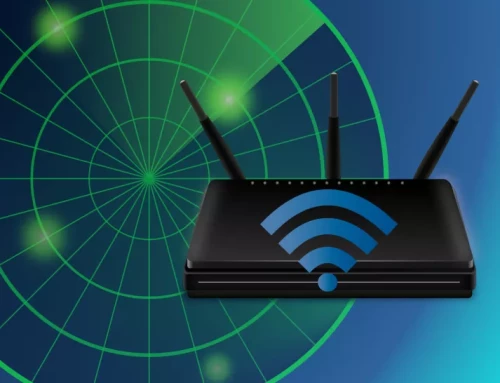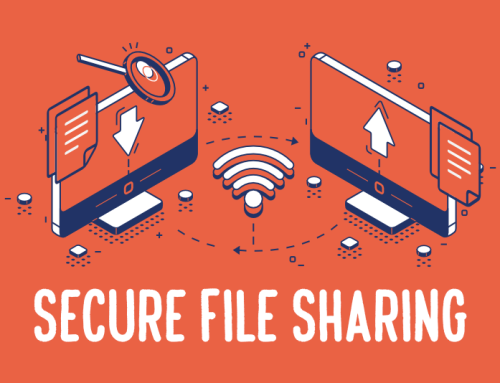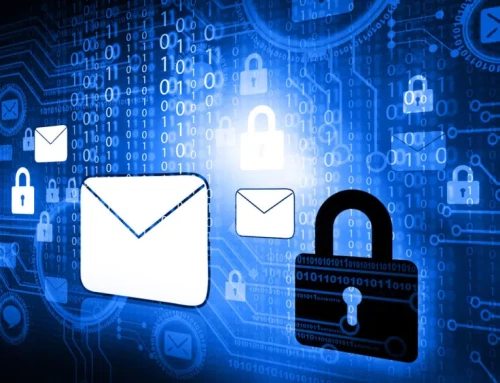File less malware
Fileless malware has become a potent and elusive foe in the constantly changing environment of cybersecurity threats. File less malware acts fully in memory, leaving little to no evidence of it is presence, in contrast to conventional malware, which depends on files kept on a disc. Because of this, it poses a particularly serious threat to both persons and organizations. In this essay, we will go into the realm of fileless malware to better understand its traits, attack methods, and essential precautions to keep ourselves safe from this sneaky threat.
What is Fileless Malware
A kind of malicious software known as fileless malware, often referred to as memory-based or non-malware assaults, doesn’t require any installation or the existence of any files on the hard disc of the targeted machine. Instead, it is inserts malicious code directly into the system’s memory by taking advantage of flaws in software or operating systems. Once activated, it may carry out a variety of nefarious tasks, including stealing confidential information, gaining permanent access, and even starting ransomware operations.
Characteristics of Fileless Malware
Fileless malware does not use conventional files, therefore it leaves no observable traces on the victim’s disc. Elusive Footprint. Traditional antivirus programs struggle to adequately identify and reduce the threat due to its elusive nature.
Memory-Based Execution
Fileless malware can circumvent detection by standard endpoint security solutions that concentrate on analyzing files for dangerous information by only running in memory.
Rapid Infection and Propagation
By using normal system tools but protocols for lateral movement, fileless malware may spread quickly over networks, increasing the potential damage
Common Attack Vectors
Phishing Emails: This it can be spread via email attachments or nefarious links that take the user to exploit kits that are intended to introduce malware onto their system.
Drive-by Downloads
Accessing hacked websites or clicking on malicious advertising can cause fileless malware to be downloaded and run automatically on susceptible computers.
Harmful macros
Cybercriminals can include fileless malware into papers that appear to be harmless and contain harmful macros. The virus is put into the system’s memory when the user activates macros.
Endpoint Exploits
Attackers can inject fileless malware directly into the system memory by taking advantage of unpatched weaknesses in software or operating systems.
Protecting Against Fileless Malware
Update all software and operating systems often to fix security holes that attackers may use to distribute fileless malware.
Users should be made aware of the dangers of phishing emails, dubious links, and malicious documents that include macros. The first line of defense is awareness.
Deploy advanced endpoint protection: Invest in next-generation endpoint security tools that can identify and stop fileless malware using behavior-based analysis and artificial intelligence.
Monitoring Network Traffic
Use network monitoring tools to spot odd traffic patterns that might point to the presence of fileless malware trying to cross network boundaries.
Limit User Privileges
Use the least privilege principle to restrict user access to sensitive network locations, reducing the potential effect of malware infestations.
Reduce the attack surface for fileless malware by using application whitelisting. Think about adopting application whitelisting to enable only approved and trustworthy programs to execute on the system.
How to detect and prevent fileless attacks
When looking for how to prevent fileless malware attacks, the first thing to keep in mind is that regular antivirus software may not work. Additionally, methods such as sandboxing and whitelisting will also be ineffective, mainly because there is no typical file signature that these types of programs can detect and mitigate.






